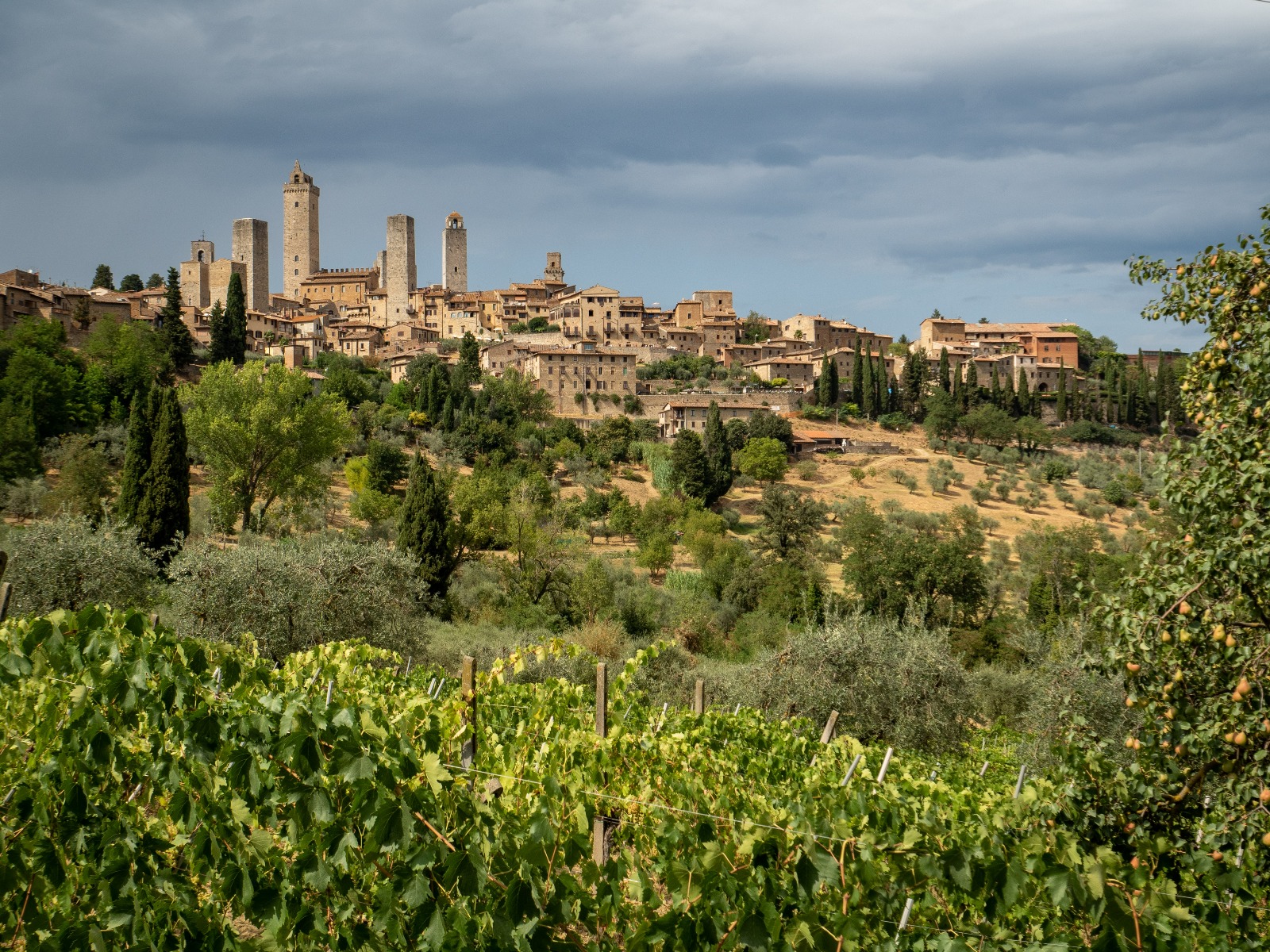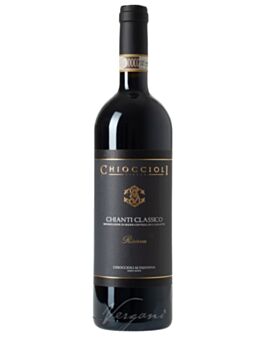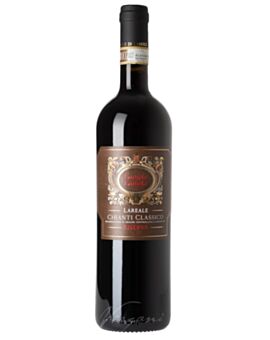Chianti classico DOCG


Chianti
Chianti Classico DOCG has its own cult status, so to speak. Since time immemorial, the hilly landscape with the magnificent cities of Florence and Siena has triggered collective wanderlust and longing. Yes, the mention of the name Chianti immediately conjures up images in one's mind of rolling hills, soft light and cities steeped in history. Rich in art, culture and science, the region around Florence and Siena sounds like Da Vinci, Michelangelo, Galileo and Dante Aligheri, the Medici family and countless other greats of world history.

But now to the wine. Chianti doesn't really need to be introduced to anyone anymore. It belongs to Italy like chocolate belongs to Switzerland. Basta. With its round, bulbous straw bottle, the Fiasco, the Tuscan red wine has become the epitome of Italianità around the globe. Unfortunately, this has not necessarily benefited its quality. Because its popularity has contributed to the fact that the cultivation areas were constantly extended. As a result, many wines ended up in large mass bottlings and the radiance diminished over time. Which in turn led to the original Chianti area insisting on its own label.
Thus, slightly confusing but very compromising, two Chianti labels have emerged: Chianti Classico DOCG from the heartland between Siena and Florence and Chianti DOCG from the surrounding area. These must have the regional designation and are divided into the following areas: Chianti Colli Aretini, Chianti Colli Fiorentini, Chianti Colline Pisane, Chianti Colli Senesi, Chianti Montalbano, Chianti Montespertoli and Chianti Rufina. In all Chianti wines, however, the Sangiovese grape plays the leading role, the most important grape variety in Tuscany. Its share is between 80 and 100 percent.
Chianti Classico has set about saving its glory with the Consorzio Chianti Classico, the association of Chianti Classico producers, and has imposed a strict set of rules on itself in order to ensure the Quality of its wines, which is to be guaranteed by a three-tier model. At the top of the quality level is enthroned the designation Chianti Classico Gran Selezione. Only wines from the best vineyards of a winery and according to strict rules and even stricter controls may bear this predicate. The wines must remain in the cellar for at least 30 months, the minimum extract values are 26 grams per liter and the assignment of the vineyards to the different categories is done before production. However, it must be added here that this assignment is made by the producer himself, not as in the case of site classification à la Burgundy or Bordeaux. A Gran Selezione is and remains, therefore, a wine that is marked by the producer himself as that of his best site.
The Chianti Classico Riserva is in the middle quality level, here the storage time in the cellar is 24 months and the extract values are 25 grams per litre. The largest share of the production volume is accounted for by the Chianti Classico from. It is called Annata, young vintage wine. All Chianti Classico wines proudly bear the sign of their origin on their necks: the black rooster of the Consorzio Gallo Nero. Let no one say that in Chianti no rooster crows according to quality standards!





